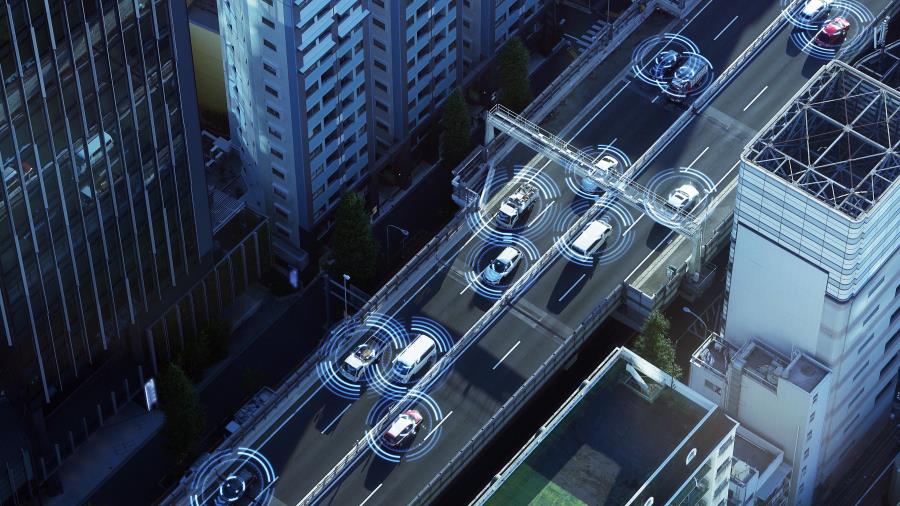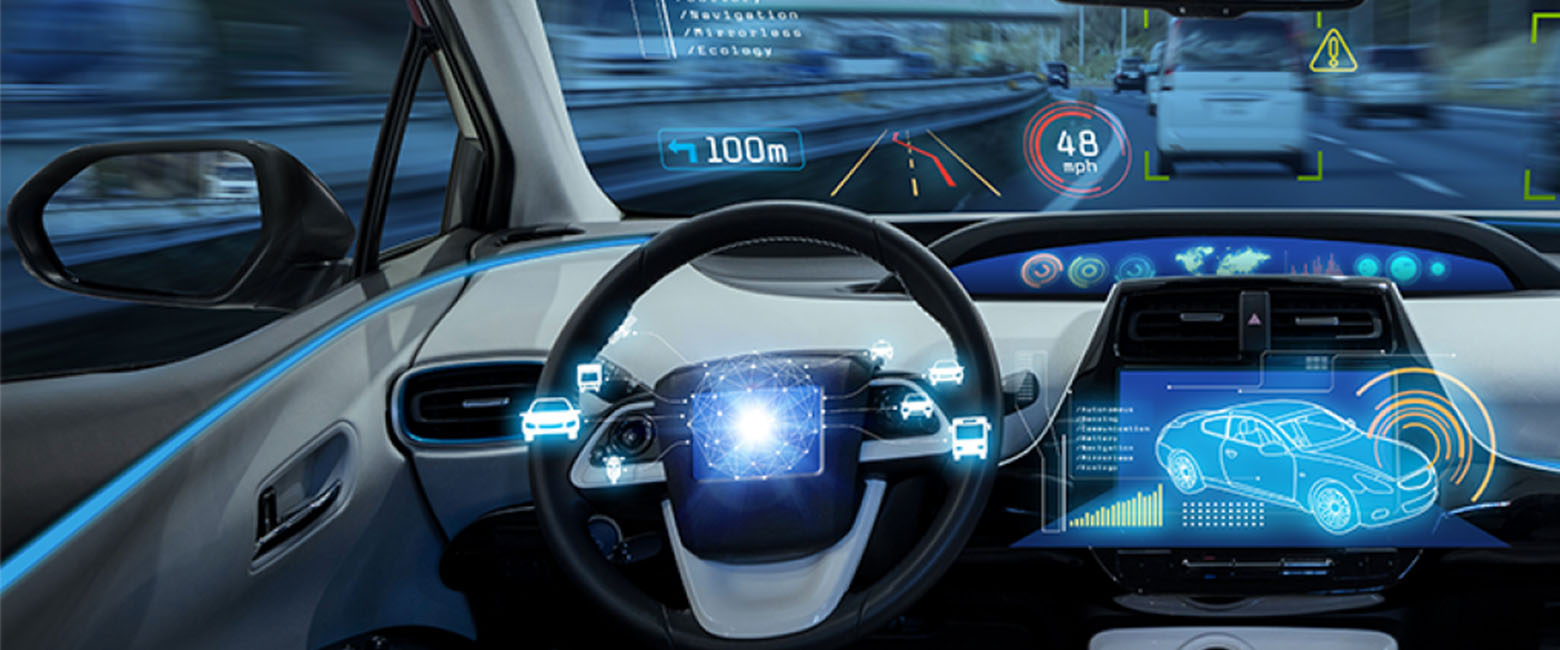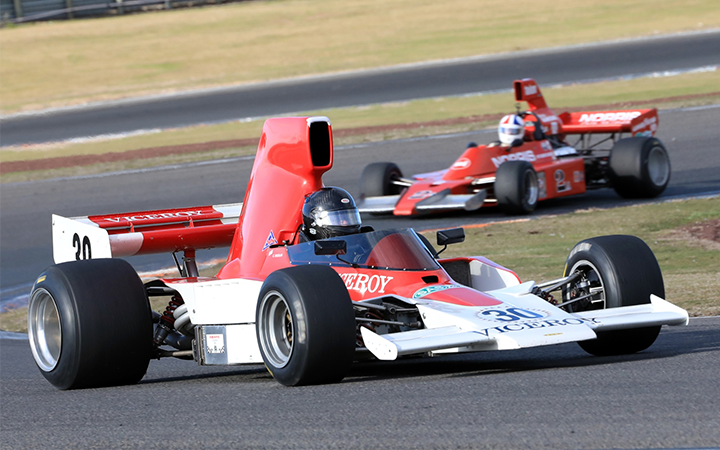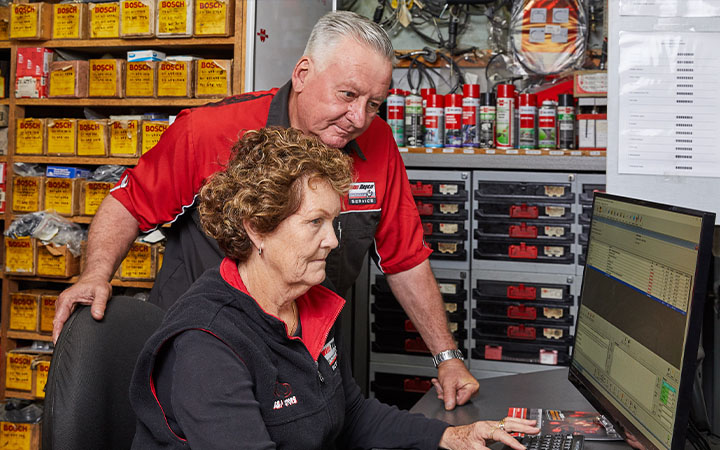“Autonomous cars will be here in two years” has been a standard sentence from the industry for the past five years or so. Now there is good reason to expect autonomous ride-hailing services to hit our roads within three years. So, what has happened in the last year in the world of autonomy to give this confidence boost? Well, a few things, actually. Breaking the previous year down into the most significant advancements: COVID-19 has kickstarted the next phase of autonomous testing, technology maturity continues to more than double year on year, sensor prices are coming down and performance is increasing, and there are genuine autonomous services available, just in very limited conditions.
The impact of COVID-19
The COVID-19 pandemic has undoubtedly had a devastating impact on the world over the past year or so. However, opportunity can often be found in the face of adversity, and this was the case for autonomy. At the beginning of the pandemic, the companies that had been testing autonomous services with safety/backup drivers behind the wheel (Waymo, Cruise, Baidu, Pony, etc.) were forced to cease testing. There was concern about the social contact between the riders and about the safety drivers being a factor in spreading the pandemic. Here is where the opportunity was presented: it seemed that the safest way to continue testing was without the safety driver behind the wheel.
In July 2020, AutoX became the first Mobility-as-a-Service (MaaS) company to gain a driverless testing licence, a world-first that allowed them to operate driverless vehicles in California. The new licence type allowed them to operate a fully autonomous service in San Jose, limited to roads with a posted speed limit of 45 mph or less. Following that, another six companies have been granted similar licences in California and others have gained licences for parts of China.
COVID-19 may have been the catalyst needed to transition from safety-driver-based testing to fully autonomous testing. This is not to say that the industry was not ready for the transition, but the pandemic definitely put pressure on the governing bodies to progress to the next step.
Technology maturity
MaaS operators have been testing their autonomous solutions in California since 2015, and since then they have been publishing reports about the performance of their systems. The most important outcome from this data is the miles per disengagement metric, which describes the average distance an autonomous vehicle can travel without human intervention. Analysis of this data shows exponential growth in the miles per disengagement, with the figure more than doubling each year. By extrapolating this growth, it is predicted that within three years autonomous vehicles will be performing more safely than the average American driver.
Although there are still obstacles to overcome, such as testing in more urbanised areas and the establishment of cost-effective sensor suites, Waymo and Cruise have recently gained permission to test in the urban centres of San Francisco.

Sensor advancements and price reductions
Apple driving down prices of LiDAR
While Apple is perpetually generating hype when it comes to autonomy, it has inadvertently had an enormous impact when it comes to sensors. In November 2020, Apple announced its new model line-up and new features, one of which was the implementation of LiDAR on the iPhone 12 Pro and iPad Pro. Apple is using the ranging features of LiDAR to improve distancing for autofocus and improve augmented reality features. However, the knock-on effect of this mass-market adoption of LiDAR is the price reduction of key components applicable to automotive LiDAR. Velodyne has said their Velarray H800 LiDAR unit will have a price tag of less than $500, a massive reduction compared to the approximately $10,000 price tag of only a couple of years ago.
LiDAR is a vital sensor for autonomous vehicles. It provides image quality sufficient for object classification, like a camera, while also bringing the night-time performance and ranging abilities of a radar. This is particularly crucial for night-time operation, where a camera struggles with poor light and radar cannot provide enough image quality. There are now sensor suites for autonomous vehicles with seven LiDAR units; therefore, being able to source LiDARs at a reasonable price is vital for the mass production of MaaS-ready vehicles.
Imaging radars coming to market
Another sensor advancement to get excited about is the emergence of imaging radars. Current radars have 12 virtual channels, similar to pixels in a camera, which allow them to detect an object and return its distance and speed. When fused with information from a camera, this is incredibly powerful as the system can detect an object (another car, for example), classify it using the wealth of data from the camera, then attach an accurate speed and distance using the radar. However, when the camera is not functioning well (for example, at night, in direct light, in heavy fog), then the only information the system has is an object at x distance moving at y miles per hour. This is clearly not sufficient to operate autonomously as the object detected could be an innocuous bridge to drive under or a stationary vehicle.
This is where imaging radars come in. Imaging radars have approximately 200 virtual channels, which allow them to make the distinctions described above. Furthermore, others are planning to bring a radar to the market with 2,000 virtual channels, with one supplier, who is currently in the start-up phase, already agreeing to supply 400,000 units to the sector. These advancements in the cost and performance of sensors certainly provide a little more confidence in the growing performance of autonomous vehicles.
So, are we there yet?
It appears that we are. Today you can pay for a driverless autonomous vehicle to pick you up and take you to your destination in a fully autonomous service. The service is provided by Baidu, and your destination must be one of eight stops around the Shougang Park area of Beijing. While this is a limited example with only 10 vehicles in operation, it is happening, and it is only a small progression from other autonomous services that are not yet commercial.
AutoX, for example, recently celebrated 100 continuous days of driverless testing in the city of Shenzhen, China. There are also eight companies testing driverless MaaS in California and neighbouring states, with many offering fully autonomous services in limited areas.
The next steps are likely to be the commercialisation of the current testing sites. Then a progressive rollout from suburbs to cities, then from cities to more cities, much in the same way as Uber was expanded city by city at the start of the last decade. Some of the MaaS providers are saying 2023 will see the start of this rollout and, according to current analysis, this doesn’t seem a million miles away.


